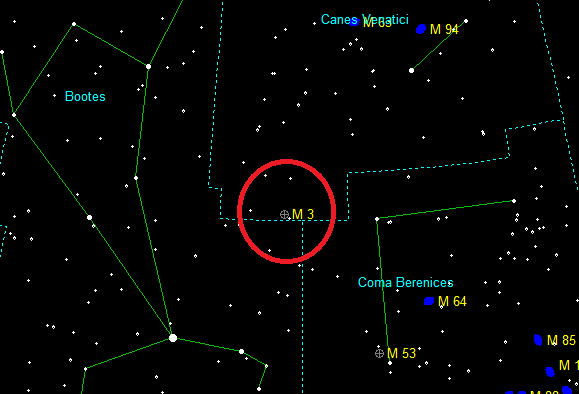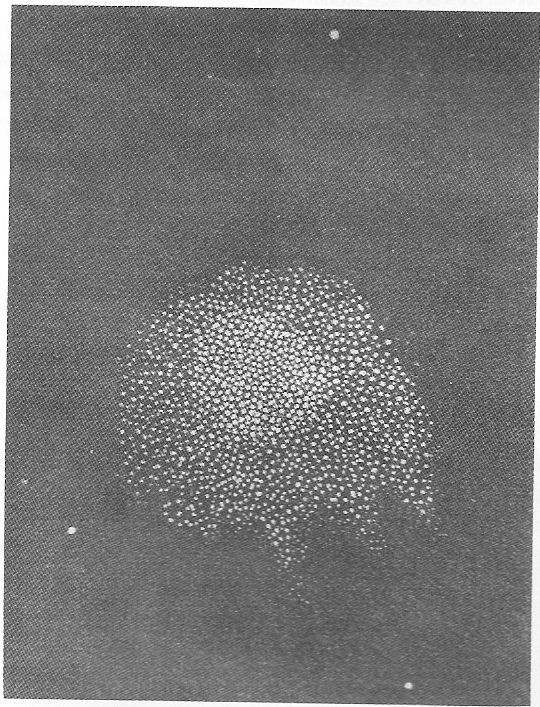by Allen Wilkerson
I have been asked by many people what to take or how to prepare for the Texas Star Party or TSP. While specifics will vary for person to person there are some concepts to keep in mind when preparing to attend TSP.
WEATHER. Do not kid yourself, even in May the nights will get cold in the high dry air. You will need a heavy jacket, gloves, and a head cover. While the temperature may not seem cold (numerically), after being in the hot Texas sun during the day, the heat will disappear extremely quickly at night. Do bring a camera, the scenery and wildlife are absolutely breathtaking.
SITE GEAR. You will need some kind of ground cover to both set your gear on and keep some of the dust down. RV stores sell excellent ground covers or mats; however, a plastic tarp will sweat and flap incessantly. Whichever ground cover you get, it will need to be staked to the ground with strong tent nails. The ground is very dense and compact so do not forget to bring a small crowbar to pull the nails back up with. Any gear you leave on the field will need to be covered with a tarp—yes, stake this down too. Ideally you need to put some type of spacer between the tarp and your gear for circulation. The Texas sun can be extremely hot during the day and will "cook" anything in a container. If you bring an awning be sure to stake it down as well, the winds can be very strong during the day. You will need a 50 foot or long extension cord with a multi outlet end for telescope power, dew heaters, laptop, red lighting, etc. You will need to bring insect repellant for ants and flies. A small first aid kit is highly recommended, and if you need prescription drugs, be sure to bring extra in a separate location just in case—you will misplace them. Water or drinks and plenty of it. Here on the coast we are not used to how dry it is in West Texas and you will dehydrate quickly. Ladies, do bring a large container of moisturizer. My wife takes a quart size and usually runs out by day four. Do bring several trash bags and remove the trash from your area EVERY day. You do not want a visit from the resident skunk or the javelins (wild pigs) that live in the area.
ASTRONOMY GEAR. My first excursion to TSP was a serious eye opener about this one. Set up your telescope(s) in your yard at home and put everything needed to operate them in a designated container. Many is the person uttering curses about forgetting a cable, counterweight, tripod, finder, eyepieces (yes, one person made it all the way out there without his eyepieces), telescope (how that happened is still a mystery) and accessories. Placing these items into a container and knowing everything is
in one place can stop the inevitable "Where is the ????" if you don’t. Your telescope(s) will need a cover. And the telescope MUST be secured to the ground to prevent the wind from blowing it over (we have all seen this happen). Change every battery you have or have a spare for every piece of equipment you have with you and bring extras. My first trip required changing four different batteries on the field courtesy of another member who had extras. This includes your red-light flashlights. Do bring
several extra ones.
SUNDRIES. The rest of what you will need is up to you, think sleeping gear, clothes, etc. Remember that this is West Texas, and a small town at that. Katy has more people and stores than all of Jeff Davis county. Ft. Stockton and Midland are the largest nearby towns and they are a decent amount of time to get to and from the site.
Above all, enjoy the exemplary night sky and companionship of people who share your passion and make some new friend.

 enerally by folks who have spent more time looking at photographs than doing visual observing, that globular clusters all look the same. Not so! Photos of globulars tend to overexpose the core to bring out the outer filaments, blurring much of the distinctiveness of the individual cluster, but visually we can see these differences easily. M3 is perhaps my favorite among the bright globulars for its distinctive shape.
enerally by folks who have spent more time looking at photographs than doing visual observing, that globular clusters all look the same. Not so! Photos of globulars tend to overexpose the core to bring out the outer filaments, blurring much of the distinctiveness of the individual cluster, but visually we can see these differences easily. M3 is perhaps my favorite among the bright globulars for its distinctive shape.
 ue” was the very first book ever written in the genre that we visual observers can’t get enough of: the observing guide. In his lengthy description of M3, he compares it to a jellyfish, and illustrates his impression with the sketch seen here.
ue” was the very first book ever written in the genre that we visual observers can’t get enough of: the observing guide. In his lengthy description of M3, he compares it to a jellyfish, and illustrates his impression with the sketch seen here.

